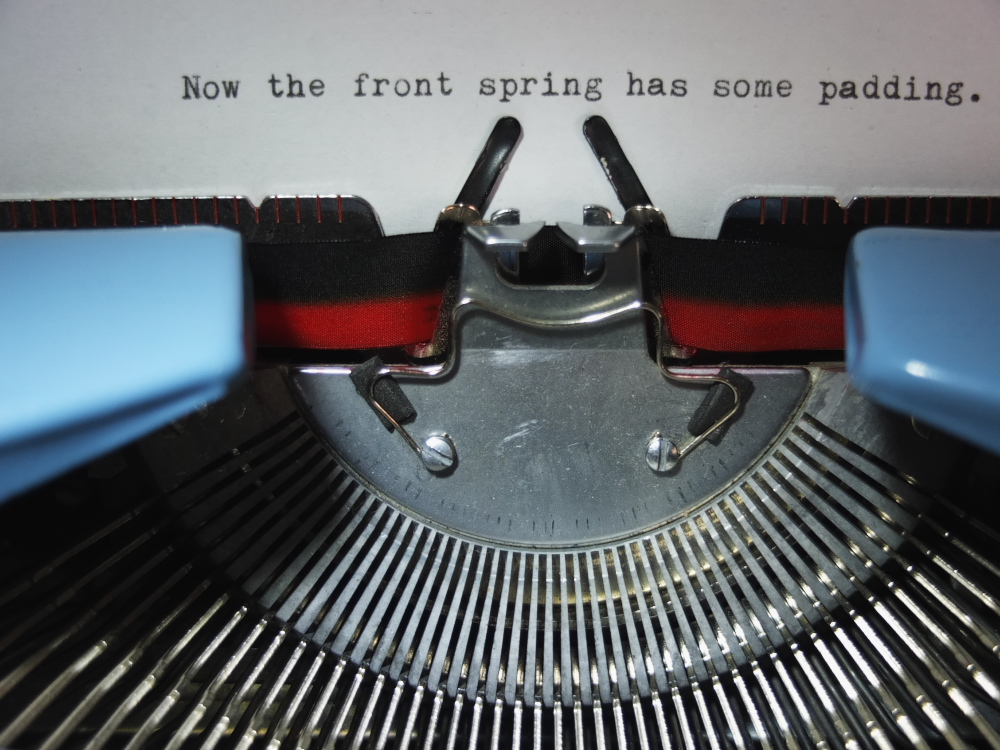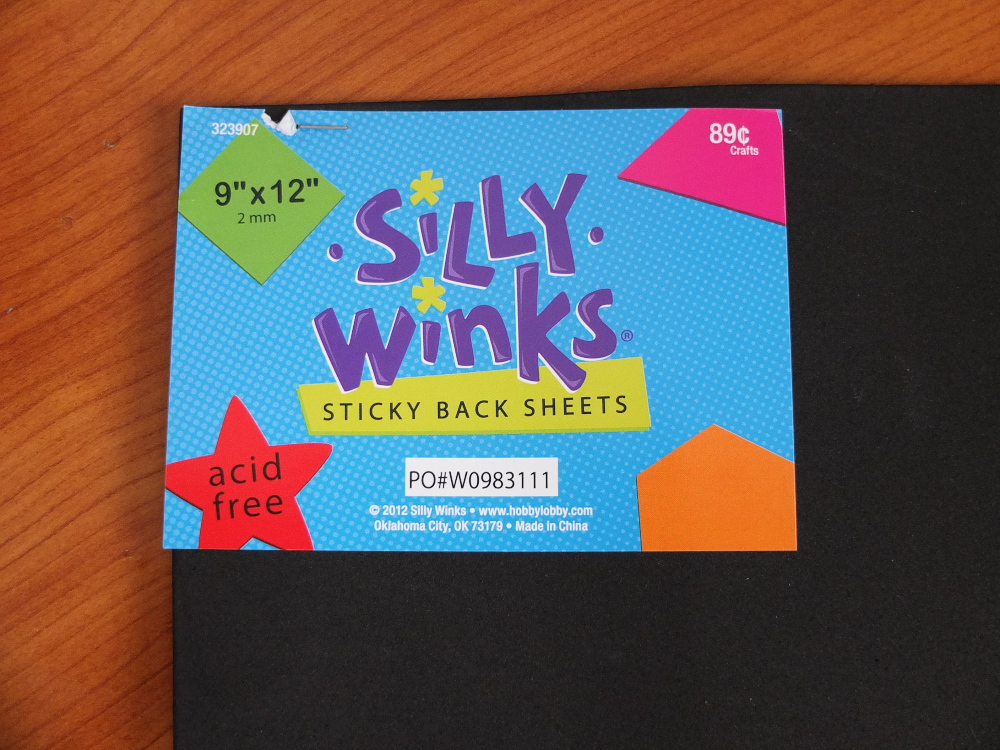My Brother's Keeper


Here's part 3 of the Typewriter Video Series:
Post-Script: I had a blast doing yesterday's production, everything seemed to go very smoothly.
It's always interesting to get a glimpse of what happens behind-the-scenes with video production. I have two lapel mics, one being an older model, purchased years ago from Radio Shack, while the newer one has much better audio quality but also has a 16 foot wire, which I struggle with keeping properly stowed away in my jacket or pants pocket. The older mic is only monaural, and I had recently acquired a mono to stereo adapter, in the hopes of using it for this project, but with this adapter in place it doesn't seat fully into the mic jack of audio recorder, and as a result makes an intermittent buzzing sound. So I'm relegated to using the newer mic with longer wire. Both mics are powered by small "watch" batteries, and I have spares on hand, should they be needed.
As usual, I love to talk, and thus the first cut of this production went well over 16 minutes in length, too long for You Tube, so more cutting and trimming was required. But I think the end result was better for it. Just like as in writing, cutting down is essential for good results.
Getting back to the main subject of this blog article, dampening the sound of the Brother, I wonder why I never thought of tracking down this irritating sound before, because the addition of those two little pieces of black foam certainly makes this machine sound much better. It's indeed funny how the typewriter over the decades has experienced a usage change. In their heyday perhaps no one would have thought much about the peculiarities of the sounds made by specific models, since all typewriters are essentially noise-makers; but now that they've been rediscovered and repurposed into more recreational writing machines, their aesthetics become more evident.
Photos via Fujifilm X10. Typecast via Brother-made Webster XL-747.
If you're interested, here's the type of adhesive craft foam I used:

Labels: Brother, microphones, Typewriter video series, Webster XL-747

7 Comments:
Neat! I like that sound-dampening idea for the Brother. I'll have to add that to the wads of foam rubber and sticky felt I used on mine to try and dampen the sound of the Brothers (the tinny sound being pretty much the only irritant of these otherwise wonderful machines) (:
Another really fine video - very good for people new to typewriters - and me. I was a little hazy on the use of the half-space feature, but your excellent description helped clear it up for me.
Great work! Did you use a mic to record the sound? I once tried but it turned out very noisy
Smart idea for that twanging spring!
Shane: Yes, I used a lavalier mic into a portable audio field recorder, then imported the WAV files into the iPad via iTunes and synced up the audio and video in iMovie via a hand clap at the beginning of each scene. I can then play the scene with both camera audio and external audio and judge lip sync by the echo effect. Once it's properly synced, I mute the video's audio track, keeping just the external audio.
A workaround because my video cam lacks an external mic jack, but it also enables me to do long shots of me typing while still having good sound.
All it took was a couple of bits of foam! Imagine all those Brothers out there pinging away. A few portables use a leaf spring rather than a wire - presumably because it is quieter. I'd already tried tabs of foam rubber but they eventually fell out. Sticky foam could be the answer. Thanks. And for another great video.
Thanks Joe, very enjoyable videos! Love the New Mexico al fresco venue!
Post a Comment
<< Home